Floorless vs. Floored Shelters for Backpack Hunting
Floorless vs. floored shelters for a backcountry hunt; it’s the new “age-old question” that has floored backpack hunters since the beginning of time. Depending on where you live, where you’re hunting, what you’re willing to sleep with or not sleep with, and what weather is headed your way, you’re going to find yourself considering which type of shelter to haul with you into the backcountry. In recent years, floorless has become a staple in the backcountry for a number of reasons, yet traditional floored shelters still have their place in the backcountry. If you’re caught trying to decide which is right for you, this article is going to help you out.
Pros and Cons of a Floored Shelter
Floored shelters have been a staple in the backcountry for good reason. They keep you and your things from contacting the bare ground, they’re reliable, easy to pitch, and they keep the creepy crawlies out. For these and many other reasons, floored shelters are a solid choice for backpack hunters, but they do have a few downsides to them.
Floored shelters tend to be heavier, on average, because of how much material is used to create the floor, body, and fly of the tent. It’s just how it is and there’s no real way of getting around it. Tent designers continually look for ways to optimize interior space while decreasing overall weight (regardless of the size) because that’s what consumers call for. To do this, they’ll play with the overall height, width, length, and materials used to create the tent. Some swap out the standard pole designs for a single vertical pole or one that can be used with a trekking pole. This alone is a benefit to the backcountry hunter because of how versatile these shelters are.
Most designs on the market today can be pitched with both the main body of the tent along with the fly, pitch with just the main body, or pitch only with the fly of the tent. Each configuration comes with weight reductions and its own pros and cons, but all in all, you have a lot of different options to choose from.
There are a lot of different styles of floored tents to choose from, a number of different price points to consider, as well as overall weight and capacity. Considering all of that, the main benefit of a floored shelter is the floor itself. It’s there to protect you and your gear from the ground and serve as a waterproof barrier when pitched on wet ground. For those hunting in buggy areas with ticks, spiders, or snakes, a floored shelter is a common choice simply because you can hide away from the fliers and crawlers.
Pros and Cons of a Floorless Shelter
Floorless shelters can be a game-changer in the backcountry for those hunters who don’t mind a dirt floor. The most common floorless design is a pyramid shape or “tipi” which does well in the wind and with snow loads when pitched correctly. They come in a number or sizes ranging from one person to 8 or more and often include a stove jack for hunters who want to include an optional and packable wood-burning stove.
The great thing about a floorless shelter is the overall reduction in weight and increase in overall volume. Not having the added weight of a floor means that material can go into the walls of the tent to create more interior space while maintaining or even reducing the overall weight of the shelter. It’s not uncommon to see the overall weight of a floorless tipi style shelter be half, if not more, than that of a similar-sized floored shelter making it extremely attractive to hunters looking to shave weight and increase livability in their tent.
Of course, it’s not all rainbows and unicorns with a floorless shelter. They’re often more finicky to pitch, require more space to pitch and expose the hunter living inside to the bare earth. During buggy seasons or in climates where snakes, spiders, or ticks are an issue, this might pose a problem, but for those hunting in an area where this isn’t an issue or for hunters who don’t mind having exposed earth in their tent, it’s a great way to go. Generally speaking, most hunts occur past the time of year when bugs are an issue so this tends to not be a problem.
Protecting gear from rocks or debris on the inside of the tent is easily done with the groundsheet. This helps both protective gear and provides an additional vapor barrier between the ground and the sleep system.
Lastly, one side benefit of a floorless shelter is there’s no need to keep wet or dirty gear outside the shelter because it’s already dirty inside. You can keep your boots on, bring your gear in, and focus on keeping your sleep system clean versus the entire bathtub floor of a floored tent.
How to Choose Between a Floored and Floorless Shelter for Backpack Hunting
If you’re left contemplating which shelter is right for you, ask yourself the following questions to help reach your decision.
Are you okay with the idea of sleeping on the bare ground?
Do you prefer a material barrier between you and the outside world?
Do you live in an area where snakes and other critters can easily enter the tent?
Do you enjoy sleeping in a standard tent?
Do you want more space to move around?
Are you willing to practice pitching your floorless shelter prior to the season to get the pitch correct in the field?
Are you on a budget?
Do you want to sleep with multiple people in the same shelter?
How sure are you that you can find a place to pitch a larger floorless shelter?
Do you want a wood-burning stove on your hunt?
Answer those questions and you’ll be well on your way to finding what you need for your next hunt.
Final Thoughts and Buying Advice
Choosing the right shelter for your backpack hunt is a big decision. It’s where you’ll call home, wait out storms, sleep, and rest up for the next day’s hunt so getting it right is important. Where you’re hunting, when you’re hunting, and how you’re hunting will ultimately dictate which route you go, but try not to sweat it too much. With each passing season, you’ll evolve as a hunter and as a backpacker. You’ll learn what works and what doesn’t so there’s no need to get it perfect right away. Assess what you need and want in a shelter, make your decision, and go have some fun!
Emory, By Land
Thanks for stopping by the website and checking out this article! If you have any questions for me or want to connect, you can leave a comment below or shoot me a personal message at emory@byland.co.
Support By Land
By Land is independently published meaning no one pays to have this content written or created. If you’ve enjoyed this article, the website, resources, or other By Land content and want to become a supporter, please consider making a one-time donation. 100% of each donation will go right back into operational costs so I can continue to bring you the same great content for years to come!
Thank you!
Links To Popular Shelter/Tent Brands For Backpack Hunting
Affiliate Disclosure Statement: Some of the links in this article are affiliate links meaning, at no additional cost to you, I will earn a commission if you click through and make a purchase.
Seek Outside
Seek Outside is a very popular choice for backcountry hunters. These shelters are high quality and come in a few different configurations.
Kifaru Tipi’s
Kifaru builds backcountry gear to last and their shelters are no slub. They’ll go as hard as you can for as long as you need them to!
Hyperlite Ultimid 2
From long-distance hiking to backcountry hunting, these shelters will save you weight and keep you protected from the elements.
Kuiu Mountain Star 2p
Kuiu is a backcountry standard these days and their tents are no doubt built for the worst weather out there.
MSR Hubba Hubba
MSR is a well-built and trusted brand among all backcountry travelers. The Hubba series comes in a few different configurations that are all worth checking out.

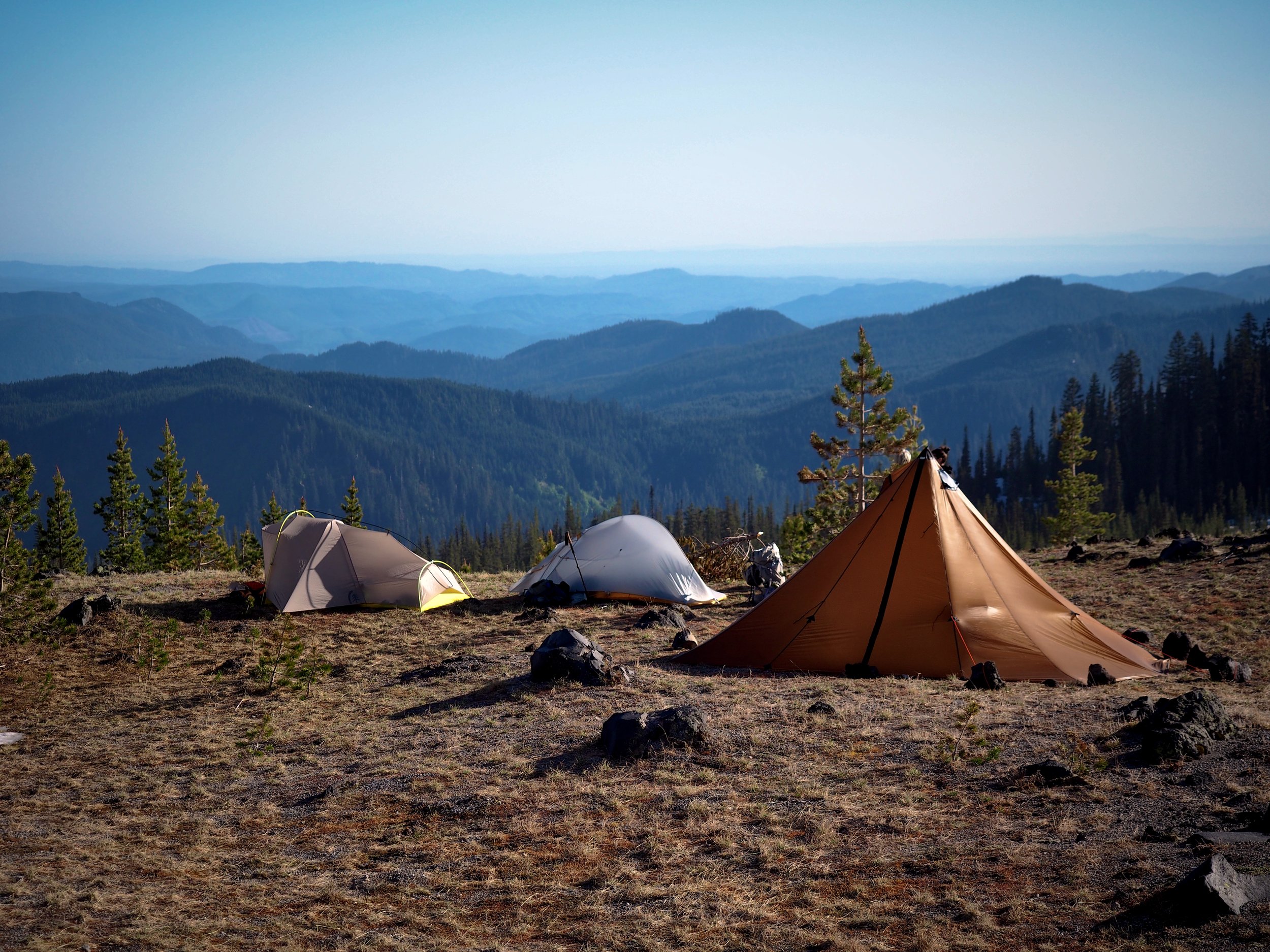

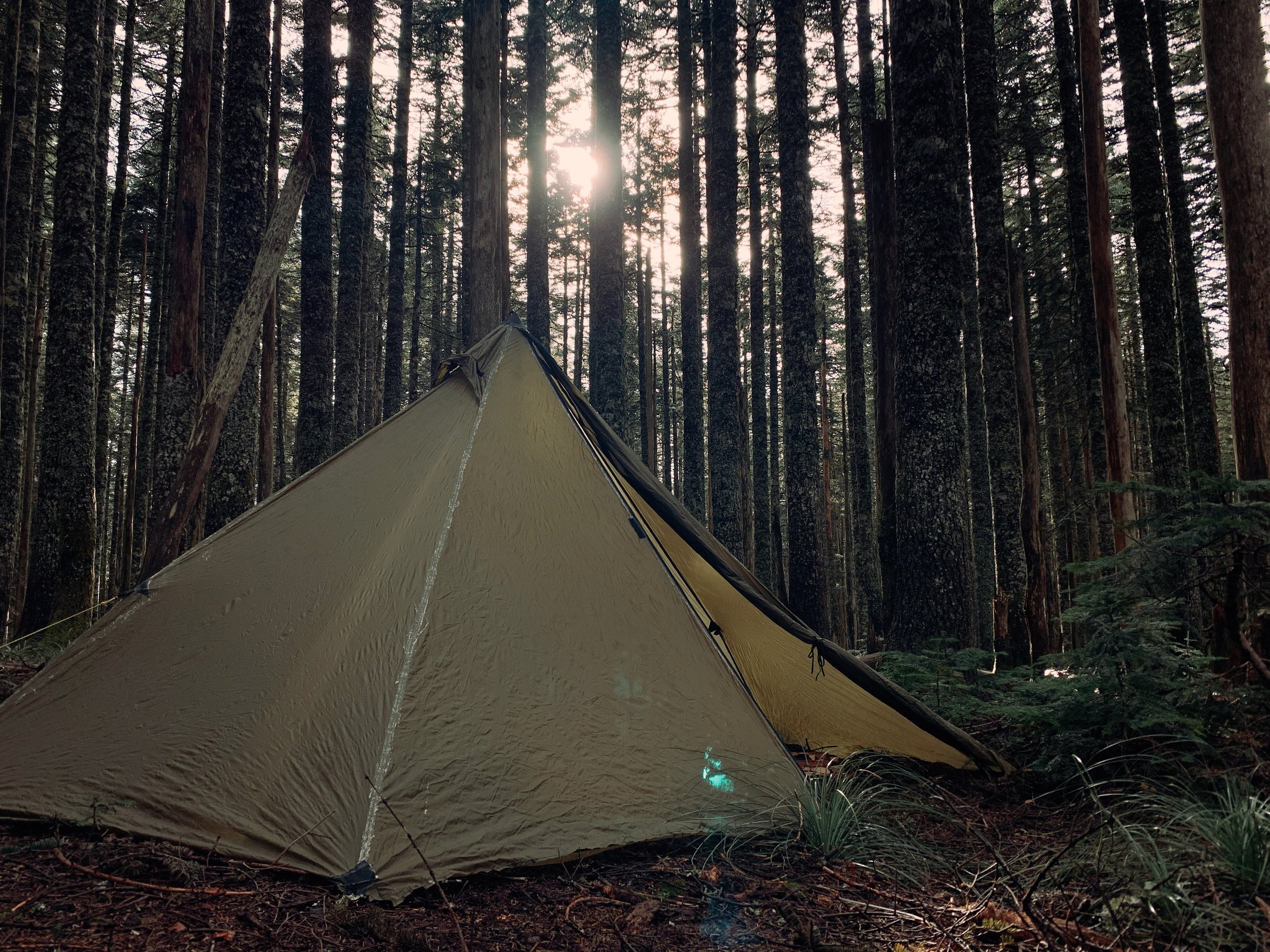

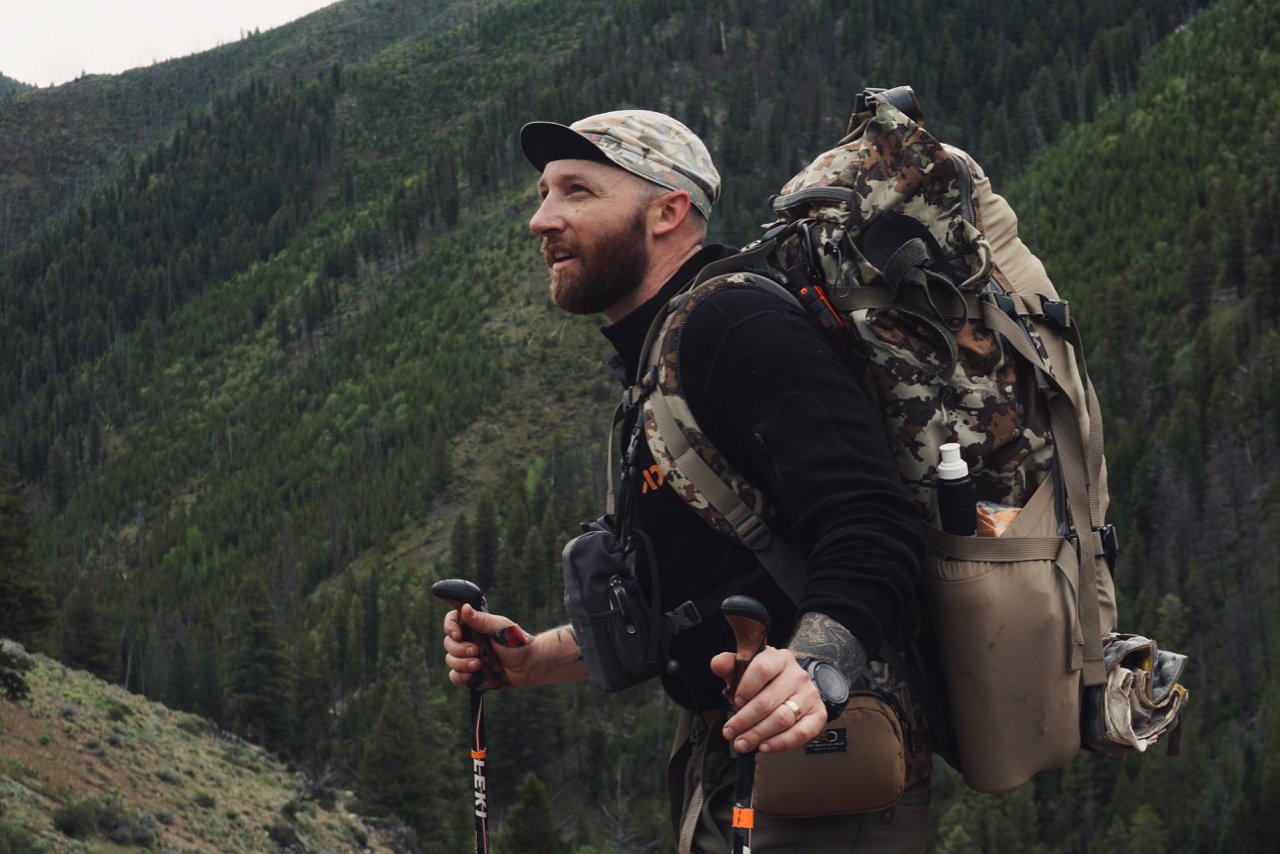

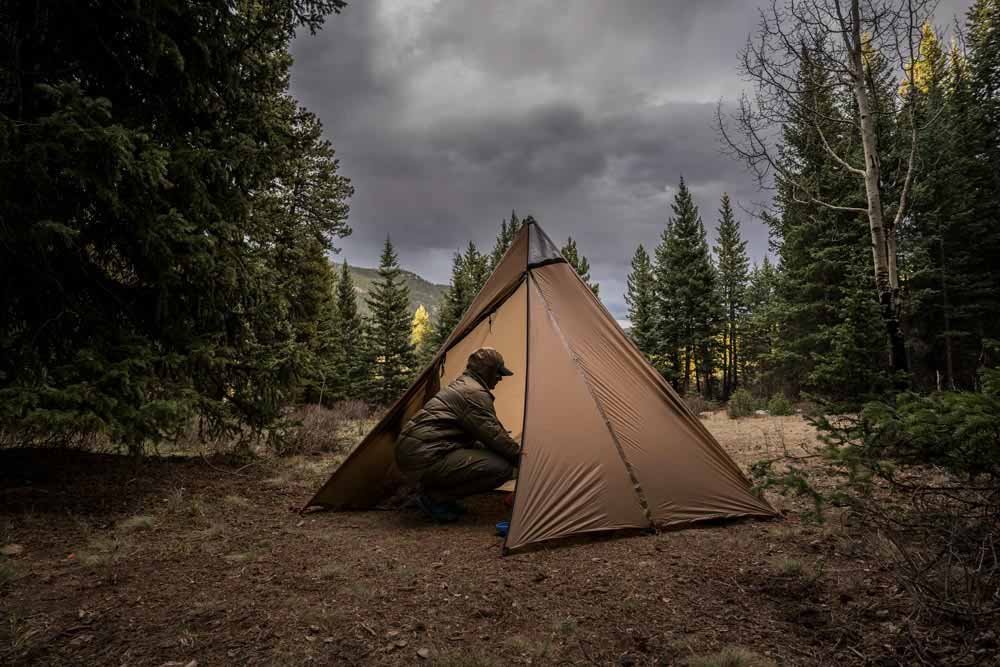
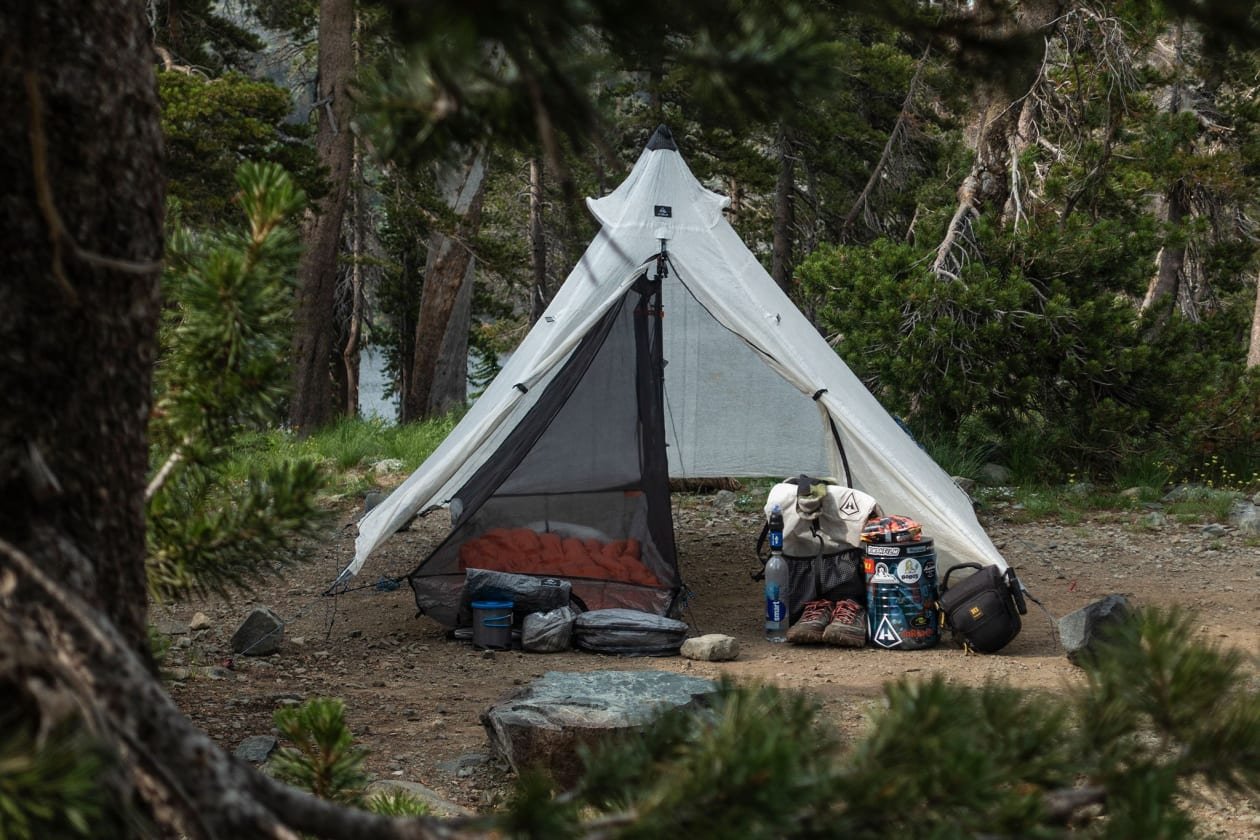
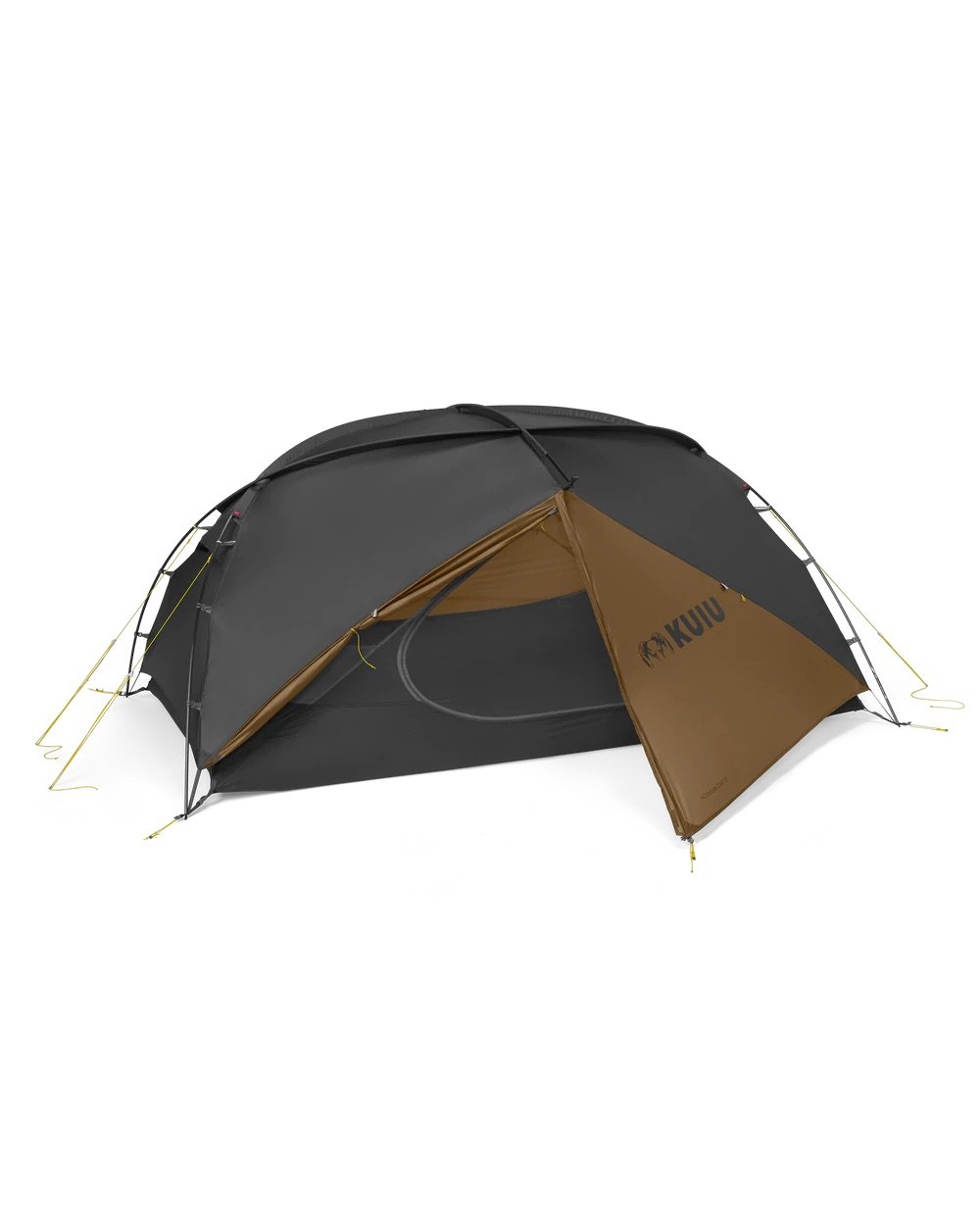
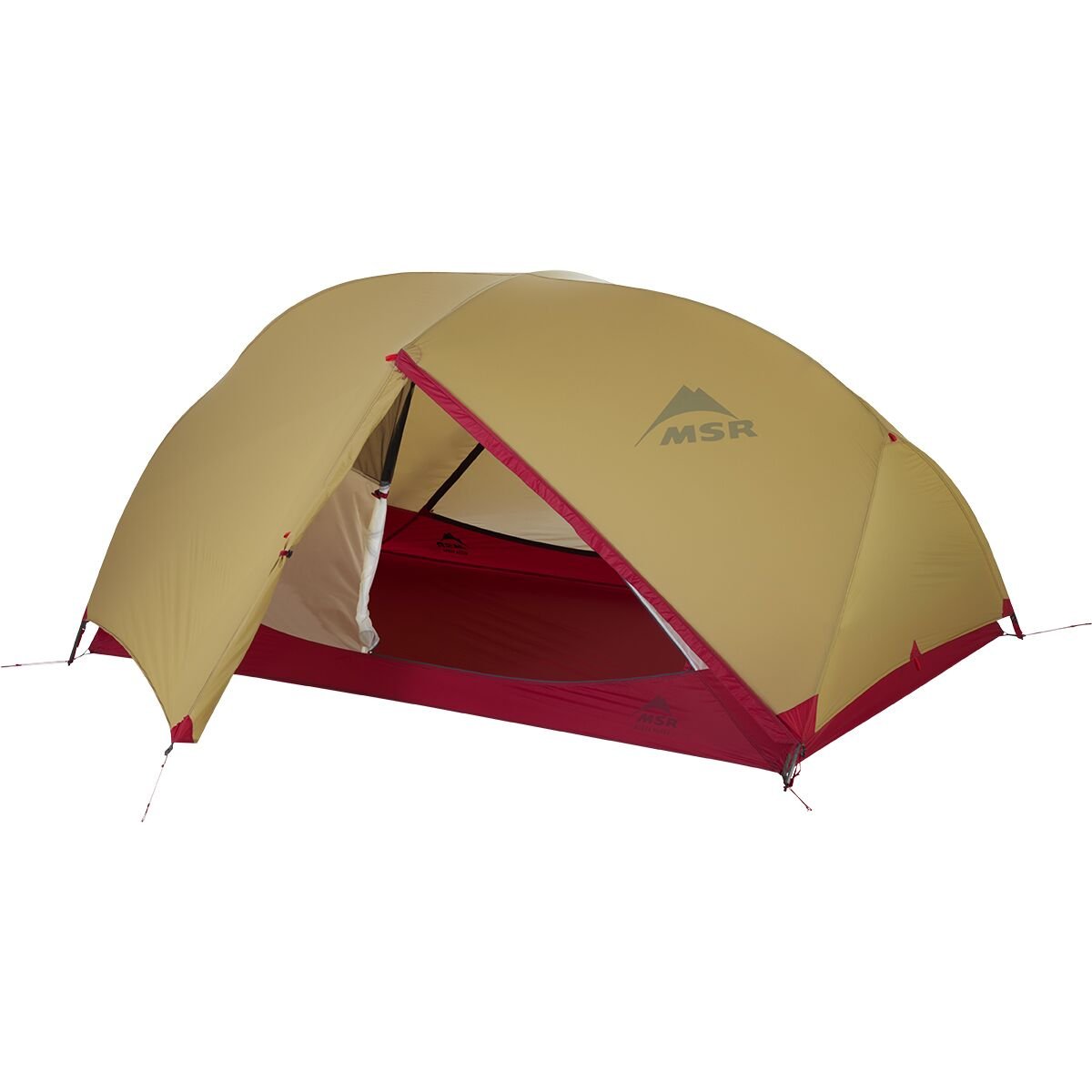






Shelter size is a big deal for backpack hunters. Go too small and waiting out a storm for a few days will drive you crazy, but go too big and you might not find a suitable place to pitch it. Choosing the right sized shelter for your hunt will impact your overall comfort and capability so let’s get it sorted out!